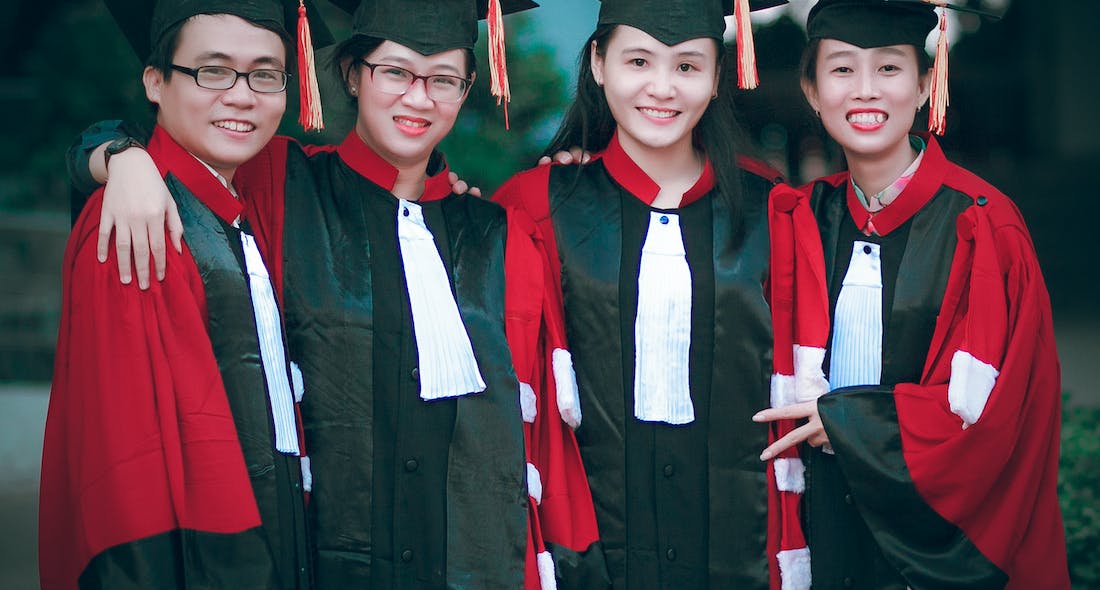The history of the Karlsruhe Institute of Technology (KIT) traces back to the founding of the Polytechnic School in Karlsruhe in 1825. The initiative for its establishment stemmed from Johann Gottfried Tulla and Friedrich Weinbrenner. Tulla, who led an engineering school in Karlsruhe founded in 1807, and Weinbrenner, who headed the Karlsruhe school of architecture established in the 18th century, were instrumental in proposing the creation of the Polytechnic School.Initially, the Polytechnic School shared premises with the Karlsruhe Lyceum, located south of the church on the main market square. The school's structure included a 'general class,' a 'mathematical class,' and a 'commercial and trade class,' with subdivisions such as technical and mercantile departments.In 1832, a significant reorganization was undertaken by Karl Friedrich Nebenius, a State Councilor of Baden. This reorganization integrated the engineering school and the school of architecture into a single institution, marking a pivotal step towards the formation of technical universities. The Polytechnic School was divided into departments, including general mathematics, engineering, architecture, vocational training, trade, and forestry schools.The appointments of Ferdinand Redtenbacher, a mechanical engineer, and Karl Weltzien, a chemist, were crucial for the school's development. Their contributions led to the establishment of specialized departments for chemical and mechanical engineering within the Polytechnic School.In 1836, the Polytechnic School moved to its own quarters in the west wing of the current main building along Kaiserstrasse. Subsequent expansions included the construction of a laboratory for the chemical engineering school in 1851 and a building for the mechanical engineering school in 1859. The main building underwent further expansion from 1859 to 1864, with the addition of an east wing and a connecting structure.During the 1850s and 1860s, under the leadership of Redtenbacher and Weltzien, the Polytechnic School experienced a period of prestige, with the number of pupils exceeding 800. This era marked a significant phase in the school's development, establishing its reputation in mechanical and chemical engineering education.
At KIT, the integration of university and non-university research sets it apart from other German science institutions. The institution's identity as "The Research University in the Helmholtz Association" signifies its commitment to excellent research, academic education, and innovation. As one of Germany's eleven universities of excellence, KIT prioritizes advancing research from fundamental to applied levels, fostering close engagement with society, and providing promising career pathways for emerging scientists.The guiding principle behind KIT's successful proposal is "Living the Change." This concept encapsulates the institution's dedication to shaping societal transformations through outstanding scientific achievements, educational excellence, and innovative endeavors. Furthermore, "Living the Change" underscores KIT's commitment to fostering a culture of adaptability and responsiveness to both internal and external shifts. This cultural evolution aims to enhance the institution's ability to embrace change and sustain its capacity for renewal over time.A key aspect of this cultural transformation involves promoting equality, equity of opportunities, and diversity within the institution. KIT's strategic plan includes the establishment of 100 new professorships over the next decade to accelerate this cultural shift. By expanding the faculty and diversifying perspectives, KIT aims to create a more inclusive and dynamic environment conducive to innovation and excellence in research, education, and societal engagement.
At KIT, the integration of university and non-university research sets it apart from other German science institutions. The institution's identity as "The Research University in the Helmholtz Association" signifies its commitment to excellent research, academic education, and innovation. As one of Germany's eleven universities of excellence, KIT prioritizes advancing research from fundamental to applied levels, fostering close engagement with society, and providing promising career pathways for emerging scientists.The guiding principle behind KIT's successful proposal is "Living the Change." This concept encapsulates the institution's dedication to shaping societal transformations through outstanding scientific achievements, educational excellence, and innovative endeavors. Furthermore, "Living the Change" underscores KIT's commitment to fostering a culture of adaptability and responsiveness to both internal and external shifts. This cultural evolution aims to enhance the institution's ability to embrace change and sustain its capacity for renewal over time.A key aspect of this cultural transformation involves promoting equality, equity of opportunities, and diversity within the institution. KIT's strategic plan includes the establishment of 100 new professorships over the next decade to accelerate this cultural shift. By expanding the faculty and diversifying perspectives, KIT aims to create a more inclusive and dynamic environment conducive to innovation and excellence in research, education, and societal engagement.











